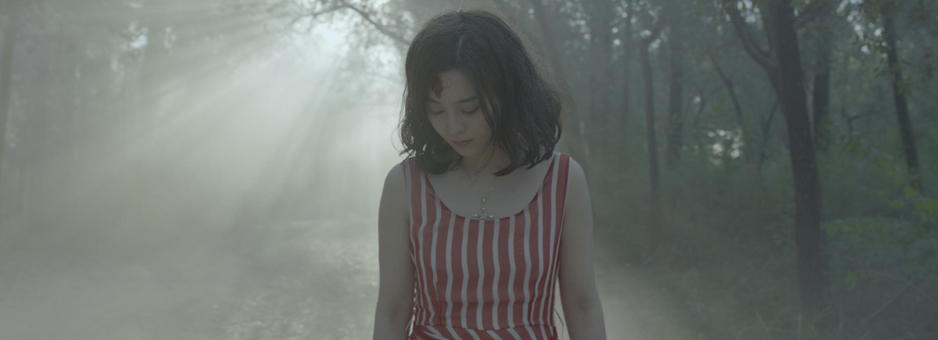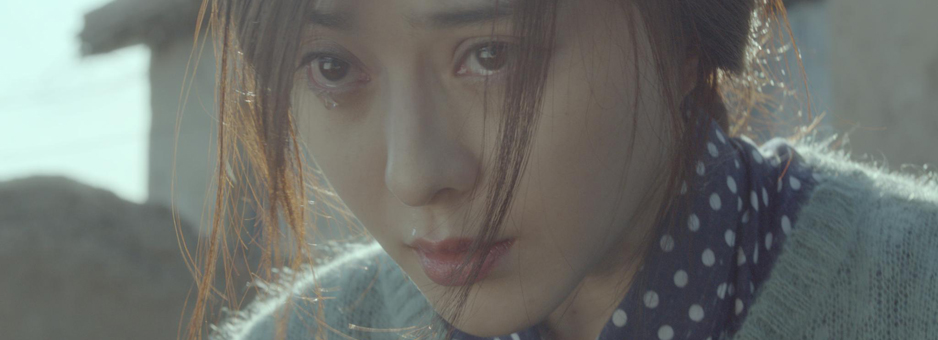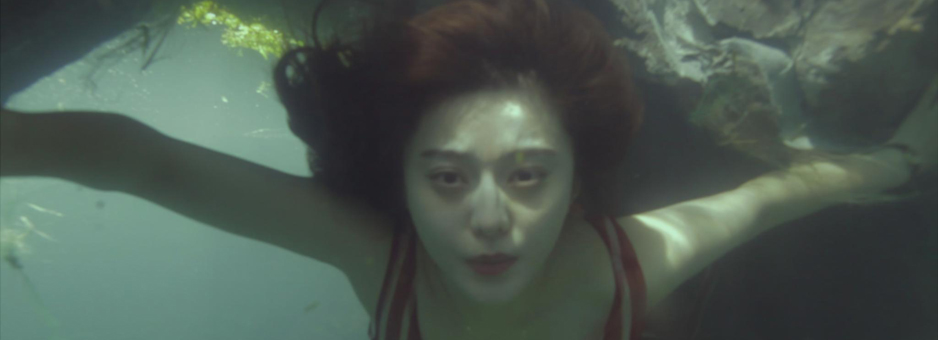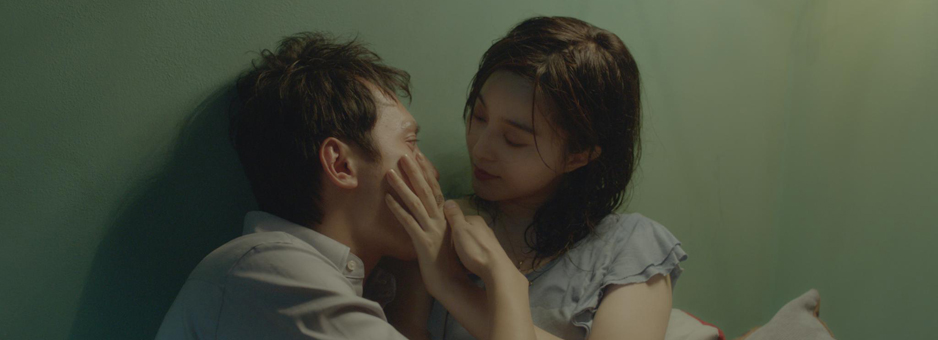Movie post in Beijing
DOUBLE XPOSURE is a psychological thriller that tells the story of Song Qi, a young woman whose life begins to unravel after she discovers that her boyfriend is having an affair with her best friend. Drawn into a spiral of revenge and murder, Song Qi embarks on a twisted journey into her past and the very depths of her own mind. Colourist Ethan Park of Image Forestt Studios (IFS) describes his part in the project.
Double Xposure is the most challenging and interesting film I have ever worked on.
Because it is quite a modern thriller, we wanted a crisp, clean look. Cinematographer DP Florian Zinke and I did tests for almost every camera we could get in China – even the iPhone 4! Finally, we decided the Arri Alexa was the right one for this project but some flashback and underwater sequences were shot on a variety of other formats.
Some of the flashbacks explore the main character’s history and needed an analogue style. For these shots we considered Super 16mm, iPhone 4, GoPro or 5D, Red MX, 35mm, and digital film grain. But digital film grain looks false, so we made decision to go with Super 16mm for every flashback.
During production, Florian met a lot of technical problems. For instance, some of the underwater flashbacks originally needed to be shot on 16mm, but we didn’t have big enough housings for 16mm cameras so a lot of shots were taken on 5D or GoPro instead. Red MX was used for high-speed shots, 35mm for aerial photography, and GoPro was also used for CCTV shots.
At the very beginning of grading I was frustrated with all the different kinds of footage because every camera has different colour science. That was the most challenging work to do, but at the same time it gave me a lot of opportunities to do some interesting grading experiences and tests.
We didn’t want to make this film look like the traditional thriller stereotype. We wanted to make the audience feel the confusion so Florian and I made a different style for every sequence: we gave the film a modern cool look that feels little bit cold overall, but if imaginary characters came out, we added little bit of green in the blacks; we occasionally added motion blur and edge blur effects for Song Qi’s dream sequences; we deliberately left scratches and dust on the 16mm scanned by FilmLight’s Northlight 2 and used this dust map for adding dust and scratches to clean 16mm footage or underwater 5D footage; and at the end of the film, when Song Qi’s vision became a reality, we de-saturated the shot a little bit and lowered the contrast to make real life look a little bit ‘frustrated’.
I had worked with director Li Yu on her previous film, Buddha Mountain where we had spent almost three months on the DI; she had wanted some different styles and looks so I pretty much understood what she wanted for Double Xposure. Using the Baselight EIGHT grading and finishing system, Florian and I did most of colour correction and finishing. We set a look and Li Yu checked the grade. It was a very easy and efficient way to do it.
Having said that, normally I would only spend 10 days on a movie grade: five days for primary grading, three days for technical grading and secondary grading, and the rest for adjustments with the director. But I spent almost 20 days on this project. Actual grading time was not that long, but we split the grade into four sections over three months.
We graded each section, but then we took a break for a week or 10 days. After this break, we came back with more creative ideas for the project. There was a deadline, but the producer gave us a lot of time to grade - they wanted us to focus on making a creative look.
Ninety per cent of the shots were handheld. Florian was not crazy about sharp focus, which I agreed with. Normally I would add colour dissolves for long takes or handheld shots because the light setting can’t be exactly the same everywhere but we didn’t want every shot to look the same, so it was very challenging: at what point should I decide whether I would match colour with other shots, or let it go? And I also had to understand the character’s feeling. The director kept saying the look had to be different, depending on her emotion. That was the hardest thing to achieve.
The director liked to use long takes, and bodycam shots, and wanted to change the look very subtly within the shot. That’s why Florian often shifted focus. Sometimes I needed to follow his settings, but for some shots I needed to change the look in the grade. Baselight, together with the Blackboard control panel, helped me to find the right position and method for making the shift.
I added subtle camera shake and highlight glow for Song Qi’s close-ups. In the aerial photography I used the stabilisation built into Baselight. Some of the grainy 35mm footage was cleaned up using the temporal degrain filter. And I used Northlight 2’s dust map for adding dust and scratches.
It was hard to find ARRIRAW recorders at that time. Our main footage was ProRes movie files, which is why we didn’t convert any footage. Only the 5D footage was shot on 23.98fps, which we converted to 24p DPX files.
This project only had around 50 shots. The Production Company and VFX house delivered DPX files to us with a separate alpha channel. Because there are a lot of different camera formats, I generated editorial .mov files with new timecode for the GoPro and 5D. To be safe, the editor generated film pull lists and a digital camera CMX3600 EDL for 2K grading.
In my opinion, Baselight is the best grading system in the world. Because FilmLight focuses its technology around colour grading and colour management together, Baselight is very user friendly, stable, supports all formats, has accurate colour science and is fast. The system shortens the technical grading time and my Baselight EIGHT has never crashed during grading. I never touch the keyboard and mouse when I grade with the Blackboard 2 control panel and the Gallery and Versions help me to show different looks to my client.
The most important thing to me in the DI world is a precise, accurate, stable and easy-to-use solution that allows you to grade as best as you can – and Baselight does that. With Baselight I am free to consider creative issues rather than technical problems. I know Baselight can do what I want it to and that gives me the freedom to be creative.
“The most important thing to me is a precise, accurate, stable and easy-to-use solution that allows you to grade as best as you can – and Baselight does that.”
Download
Double Xposure Case Study (PDF)








